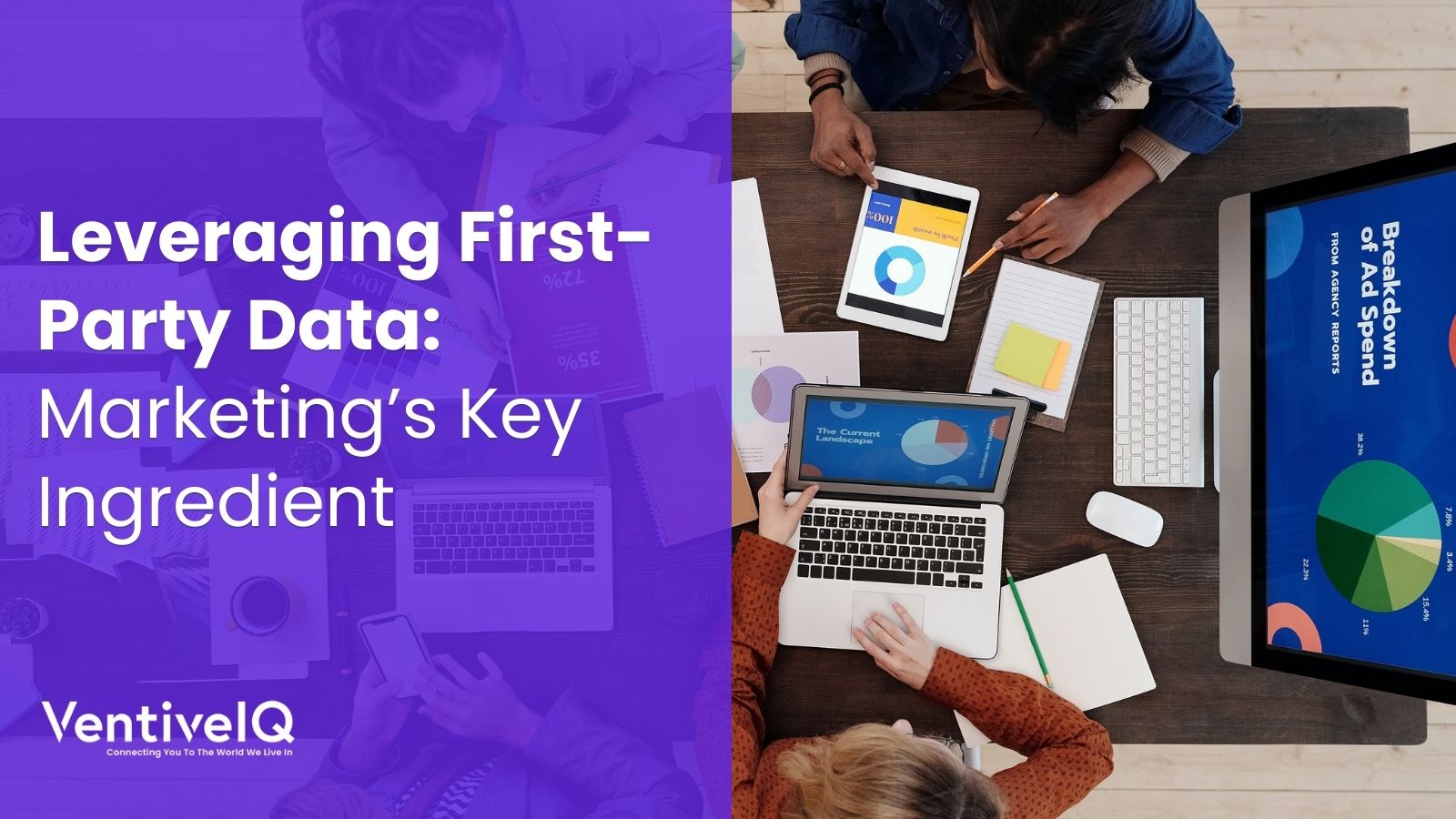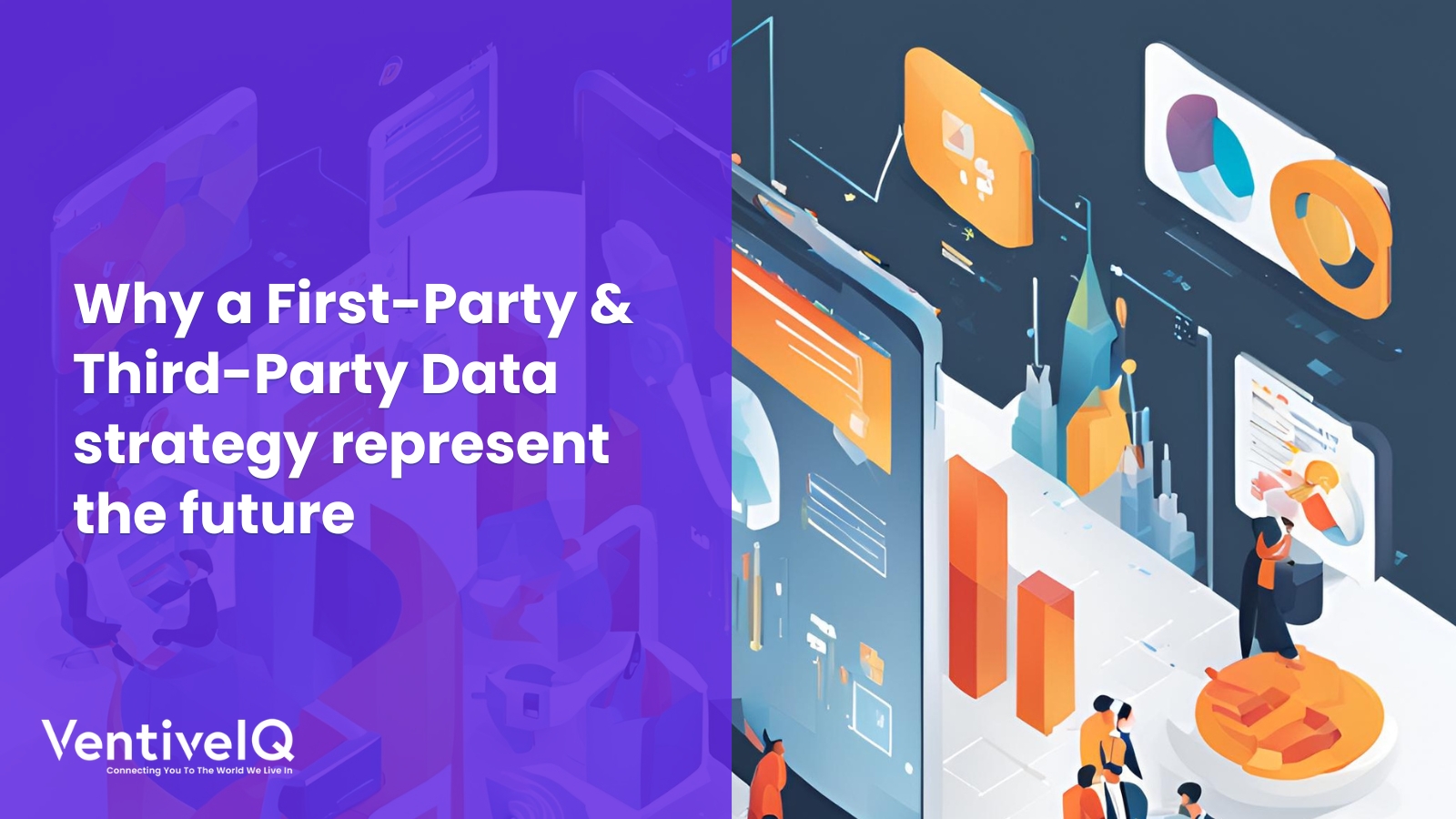In the present era of digital advancements, individuals find themselves inundated with marketing messages from every direction. It can be difficult for brands to cut through the noise and reach their target audience with relevant and timely messaging. That’s where first-party data comes in.
First-party data is information that you collect directly from your customers, such as their name, email address, purchase history, and website activity. In this blog post, we will explore the importance of first-party data and how it can revolutionize marketing efforts.
1. Capturing First-Party Data
First-party data offers valuable insights into customers’ preferences, behaviors, and demographics. It allows businesses to understand their customers at a granular level, enabling personalized and data-driven marketing campaigns. To capture first party data effectively, companies should employ various data collection techniques, such as:
- Website Analytics: Utilize web analytics tools to track user behavior, including page visits, time spent, and interactions. This data provides insights into customer interests and helps optimize website content and user experience.
- CRM and Customer Surveys: Leverage customer relationship management (CRM) systems to gather information provided voluntarily by customers, such as contact details, preferences, and purchase history. Additionally, customer surveys can be used to collect feedback, preferences, and satisfaction levels.
- Mobile Apps and Social Media: Mobile apps and social media platforms offer opportunities to collect first party data, such as location, app usage patterns, social interactions, and interests. Encouraging users to opt in and share relevant information can enhance the data pool.
2. Enhanced Customer Segmentation and Targeting
- First-party data empowers businesses to segment their customer base effectively. By categorizing customers based on demographics, behaviors, and preferences, marketers can create targeted campaigns that resonate with specific audience segments.
- For instance, understanding customer preferences allows for personalized recommendations, tailored offers, and relevant content distribution. In the United States, where diverse consumer groups exist, leveraging first party data enables companies to address individual needs and establish a stronger connection with their audience.

3. Optimized Customer Experience
- In today’s era of hyper-personalization, customers expect tailored experiences that cater to their unique needs and preferences.
- First-party data enables businesses to deliver on this expectation by personalizing customer interactions at every touchpoint. By analyzing customer data, companies can anticipate needs, provide relevant recommendations, and deliver personalized messages across channels.
- This level of personalization enhances customer satisfaction, drives engagement, and fosters long-term loyalty. For example, a retailer can leverage first party data to offer customized product recommendations based on past purchases and browsing history, creating a seamless shopping experience for customers in the USA.
4. Retargeting and Remarketing
- First-party data also plays a crucial role in retargeting and remarketing efforts. By analyzing customer behavior and purchase history, businesses can identify opportunities to re-engage with customers who have shown interest but have not yet converted.
- Retargeting campaigns can be designed to display personalized ads, send targeted emails, or offer special promotions to entice customers back to the conversion funnel.
- With first party data, marketers can build effective remarketing strategies, maximizing the chances of converting prospects into customers.
5. Compliance and Privacy Considerations
- While first-party data provides invaluable marketing insights, businesses must prioritize privacy and comply with relevant regulations.
- In the United States, data protection laws like the California Consumer Privacy Act (CCPA) and the General Data Protection Regulation (GDPR) in the European Union govern how companies collect, store, and process personal information.
- Businesses must adopt transparent data collection practices, obtain explicit consent from customers, and provide them with control over their data.
- By maintaining compliance and respecting customer privacy, businesses can foster trust and maintain a positive brand image.

There are many ways to collect first-party data, such as:
- Website forms: When customers sign up for your email list or create an account on your website, you can collect their contact information and other demographic data.
- Customer surveys: Surveys are a great way to learn more about your customers’ needs, interests, and pain points.
- In-app engagement: When customers interact with your mobile app, you can collect data about their usage patterns, such as what features they use most often and what pages they visit.
- Loyalty programs: Loyalty programs are a great way to collect data about your customers’ spending habits and preferences.
Once you’ve collected first-party data, you can use it to:
- Personalize your marketing messages: The more you know about your customers, the more you can tailor your marketing messages to their interests. This will help you increase engagement and conversions.
- Target your advertising more effectively: You can use first-party data to target your advertising to specific audiences on social media, search engines, and other platforms. This will help you reach your target audience with more relevant ads and improve your return on investment (ROI).
- Build stronger relationships with your customers: When you use first-party data to provide personalized experiences, you build trust and loyalty with your customers. This can lead to repeat business and increased customer lifetime value.
In a world where privacy regulations are becoming more stringent and third-party data is becoming less reliable, first-party data is more important than ever. By collecting and using first-party data effectively, you can gain a competitive edge and build a more successful marketing strategy.

Additional tips for using first-party data effectively
- Make sure your data is clean and accurate. Outdated or inaccurate data can lead to inaccurate targeting and messaging.
- Use a variety of data collection methods. This will help you collect a more comprehensive and accurate view of your customers.
- Segment your data. This will allow you to target your marketing messages more effectively.
- Use data analytics to track your results. This will help you see what’s working and make necessary adjustments to your strategy.
By following these tips, you can use first-party data to create a more effective marketing strategy that will help you reach your target audience and achieve your business goals.
At VentiveIQ, we help businesses collect, manage, and use first-party data to create more effective marketing campaigns. We offer a variety of data analytics and identity resolution solutions that can help you gain a competitive edge and build a more successful marketing strategy.
Contact us today to learn more about how we can help you with your first-party data needs.
Conclusion
In the dynamic and fast-paced world of marketing, first-party data stands out as a game-changer. The power of first-party data lies in its ability to enhance customer segmentation, optimize the customer experience, and drive personalized marketing efforts. However, it is essential to prioritize privacy and comply with relevant regulations to maintain customer trust. As a data analytics and identity resolution company, we encourage businesses to harness the power of first-party data and unlock its potential for successful marketing campaigns in the USA and beyond.



